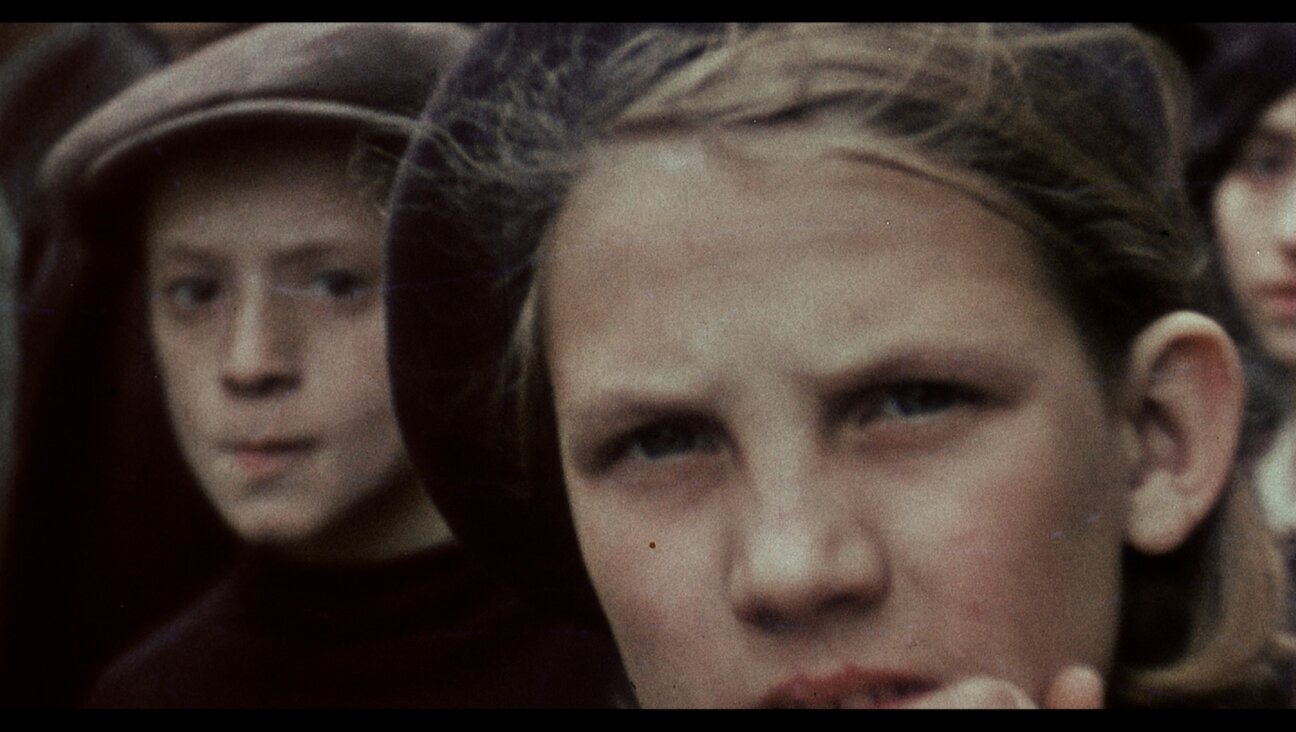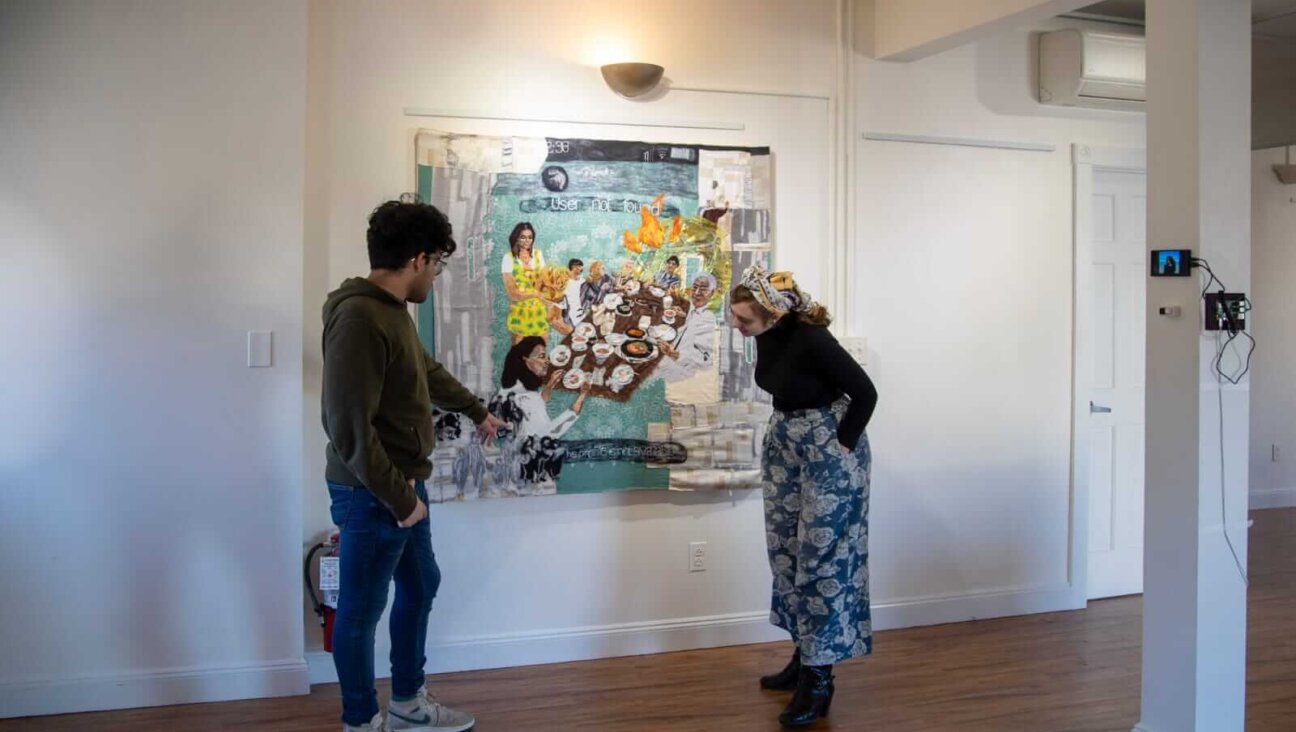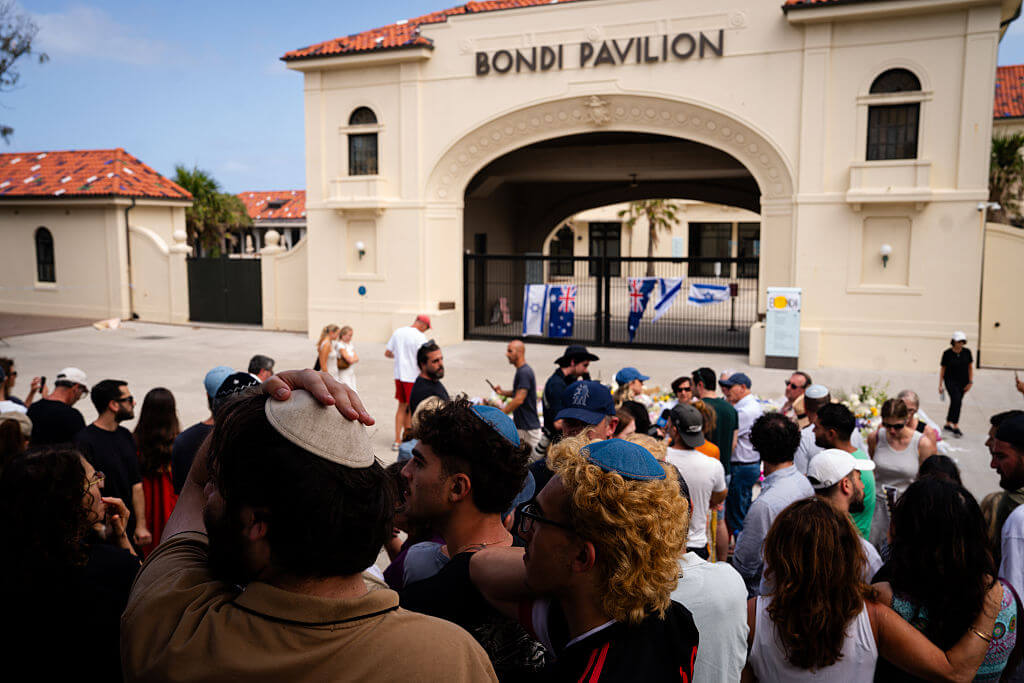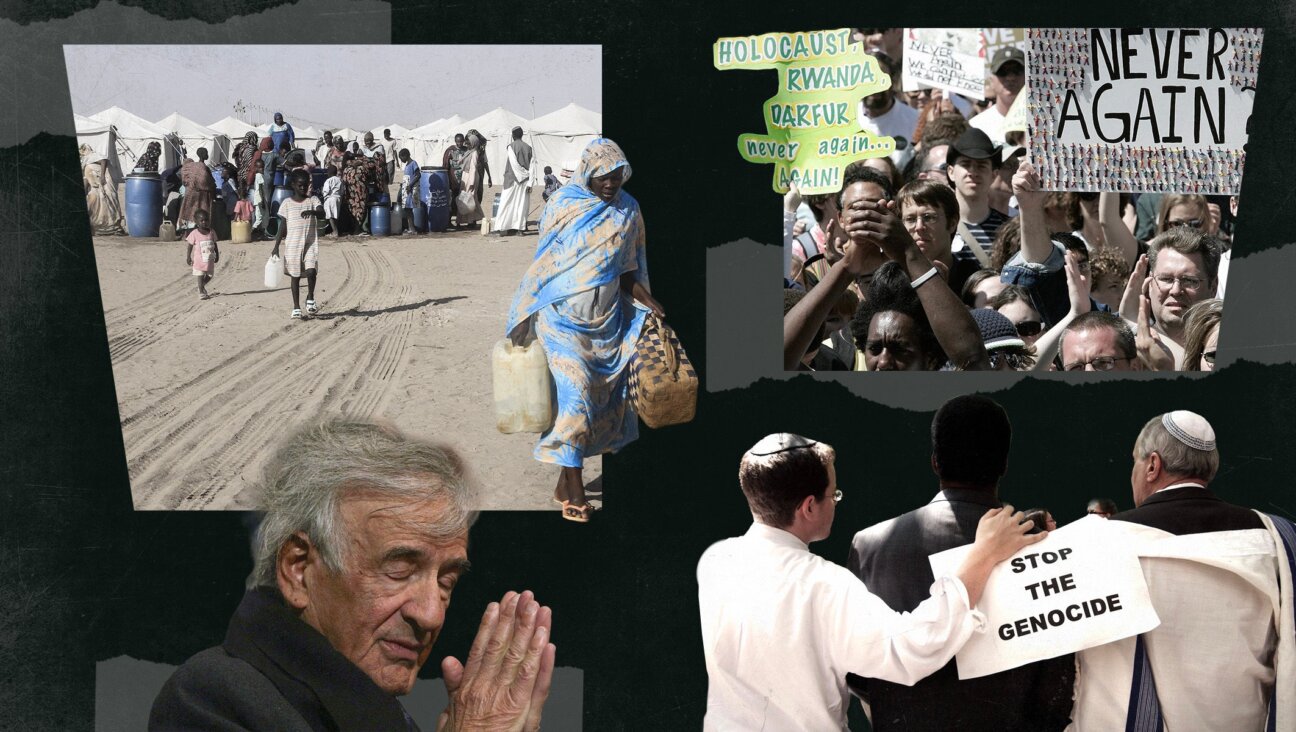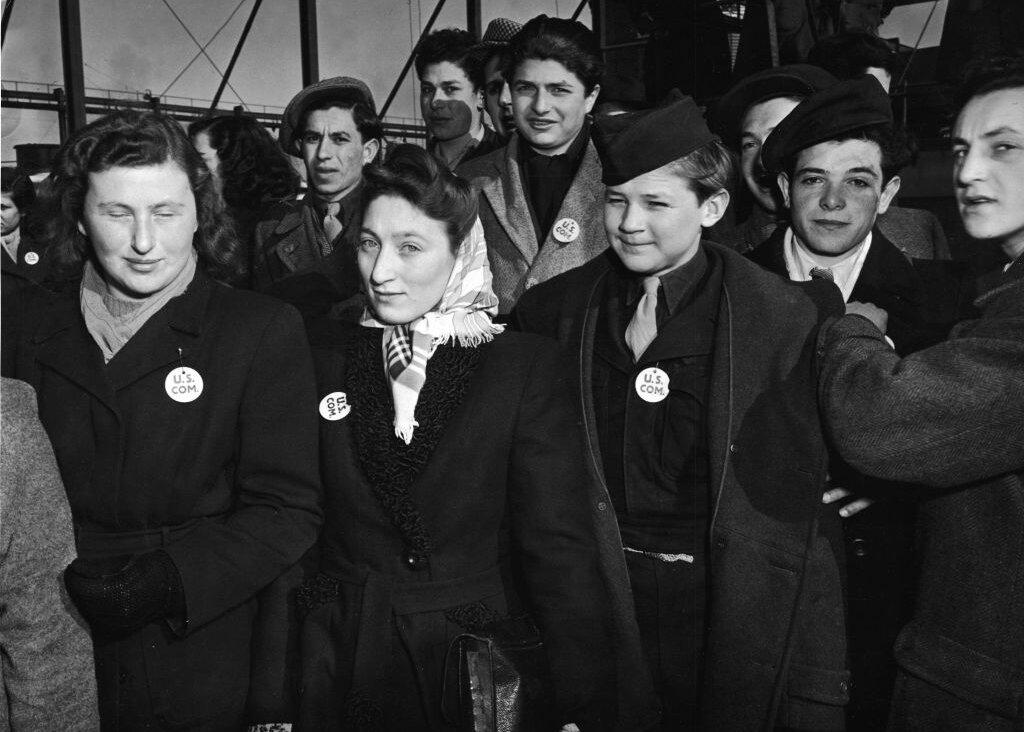Why a Gaza doctor’s striking video about starving babies has gone viral
The doctor in the video is gaunt, visibly malnourished himself, yet he only mentions the hunger of the babies in his care

Nurses care for babies in the NICU in Khan Younis in Gaza. Photo by AFP via Getty Images
In a video making the rounds on social media, a doctor, wearing navy scrubs, is standing in a neonatal intensive care unit. Behind him, alarms from the monitors attached to each infant are going off constantly.
The doctor, Ali Alhaj Salem, a NICU specialist at the Alhelou Hospital in Gaza, is making a plea for formula; the babies under his care, he explains, were all born premature due to their mothers’ malnutrition.
The video pans over incubators where tiny infants with spindly limbs lie weakly, feeding tubes coming out of their noses. That’s the kind of image you might expect to see in a NICU; what you don’t expect to see is that the doctor himself is visibly starving.
Salem’s jawline is too sharp, his arms thin and gaunt, his eyes hollowed. But he doesn’t make any mention of his own plight; the focus is on the formula. He doesn’t even talk about the war or the blockades Israel has intermittently put on Gaza; his voice is so soft it can be hard to hear him, and his tone is matter-of-fact — not enraged by the unjustness of the situation he’s in, not frustrated with the impossibility of his job caring for babies he cannot help. He simply says that the formula the babies need is “not available in our market now.”
There has been, of course, plenty of coverage of the plight of civilians in Gaza, and particularly their access to aid. For 80 days, between March and May, Israel blocked all aid from entering Gaza; in the past two months, food has only been available at dangerous distribution sites where Israeli soldiers have fired on crowds of Palestinians that they said had gotten too close and desperate people have been trampled by others just as desperate for food. Hundreds have died just trying to get flour.
But statistics can only communicate so much; our brains aren’t designed to grasp such large numbers. The constant coverage of deaths in Gaza — whether from starvation, from illnesses caused by a lack of medical care or access to hygiene, or from gunfire and explosives — feels numbing. Watching a video of a dirty child lugging a bucket to a tap in hopes of getting water, or bloodied civilians screaming after narrowly escaping an Israeli strike, it’s hard to feel the same shock as you did the first 100 times.
Salem’s image is arresting, however, thanks to his calm and his lack of didacticism. Unlike most of the thousands of other social media videos that come out of Gaza full of violence and screaming, images stitched together for impact, or explainers made by activists hoping to inform the world about Palestinians’ plight, Salem is making a simple statement, standing in his workplace. Like art that is more powerful by virtue of its simplicity or abstraction, letting the audience draw its own interpretations instead of declaring a message or telling them what to think, the video’s power lies in its restraint.
Today’s polarized social media landscape rewards framing posts in tones of bald outrage, spurring the audience to join in righteous anger; the algorithm prioritizes what has been termed “rage-bait” — purposefully provocative posts made to draw crowds of haters, because even negative comments boost the algorithm. But the ubiquity of rage-bait has also created a critical, suspicious audience always on watch for the ways creators are trying to manipulate their emotions.
When you combine this inherent suspicion with the numbness created by the constant onslaught of violent, death-filled videos out of Gaza, it’s tough to make an impact. Salem, however, is simply trying to do his job. It’s just that his body is telling its own story.
Many people feel affronted at any mention of the Holocaust in relation to Gaza; the Shoah was singular, they say — and that’s true. But Salem need not mention Holocaust for the famous pictures from the liberation of Buchenwald or Auschwitz to spring to mind, where emaciated men stare out from bunk beds. No one needs to belabor the point by literally mentioning concentration camps. The image is enough.
In practice, of course, Salem’s video is just as politicized as any other post coming out of Gaza — the shots of the weak infants are meant to pluck our heartstrings, and those who share the video likely do so motivated by activist commitments, or out of hope of provoking just as much of an emotional response.
But Salem, himself, does not appear to be participating in any kind of political strategy. And because of the fact that he does not mention himself, his own hunger, the amount he must, one assumes, struggle every day to work a full shift, his image is that much more haunting.
In the West, we live in an ambiently Christian culture that values a certain martyrdom and praises victims for their meekness. Anne Frank, too, was praised for her perfect victimhood, the famous line from her diary that “In spite of everything, I still believe that people are really good at heart” — even though that line is always taken out of context and wasn’t her final statement on the matter. But through the lens of her martyrdom, that line is often taken to mean that she forgave her enemies for their sins; a saint, she is near-deified for her beatific outlook. But people should be allowed to scream, to be angry, without losing our sympathy.
Nevertheless, sometimes it’s what is left unsaid that speaks the loudest. And Salem’s gaunt, exhausted figure says as much as his words ever could.

